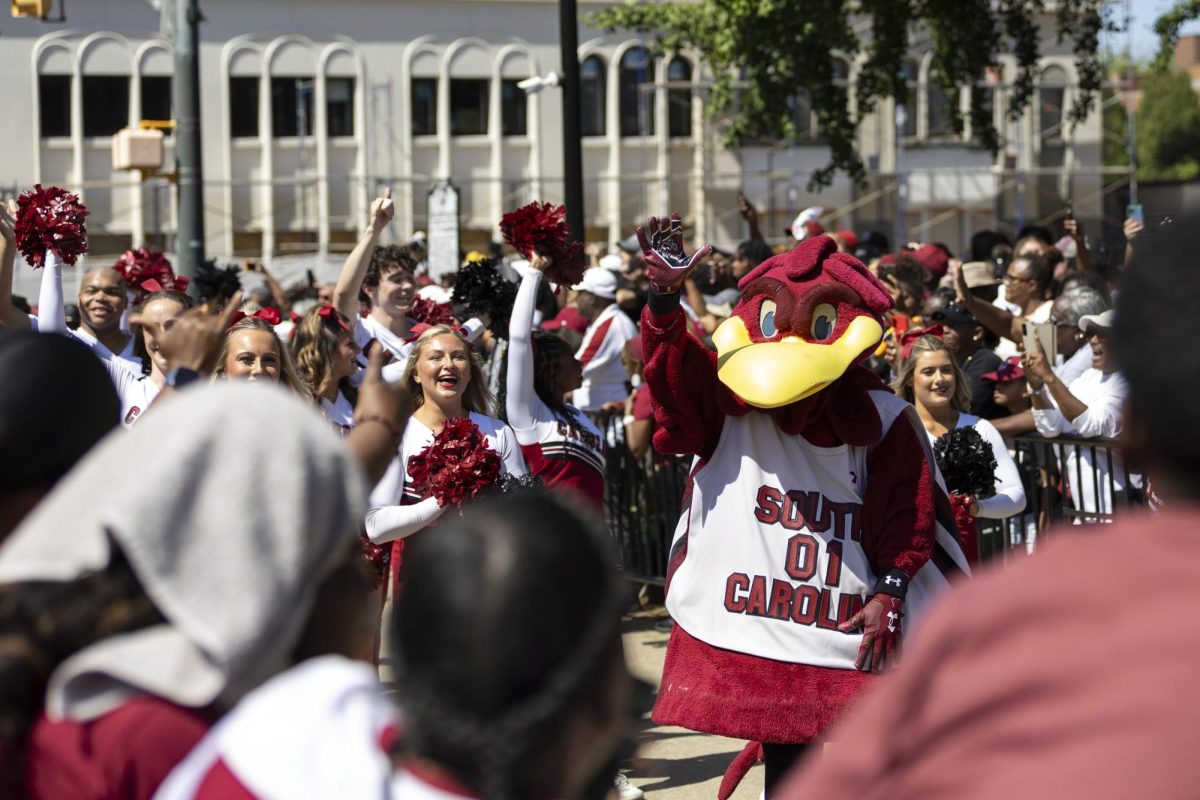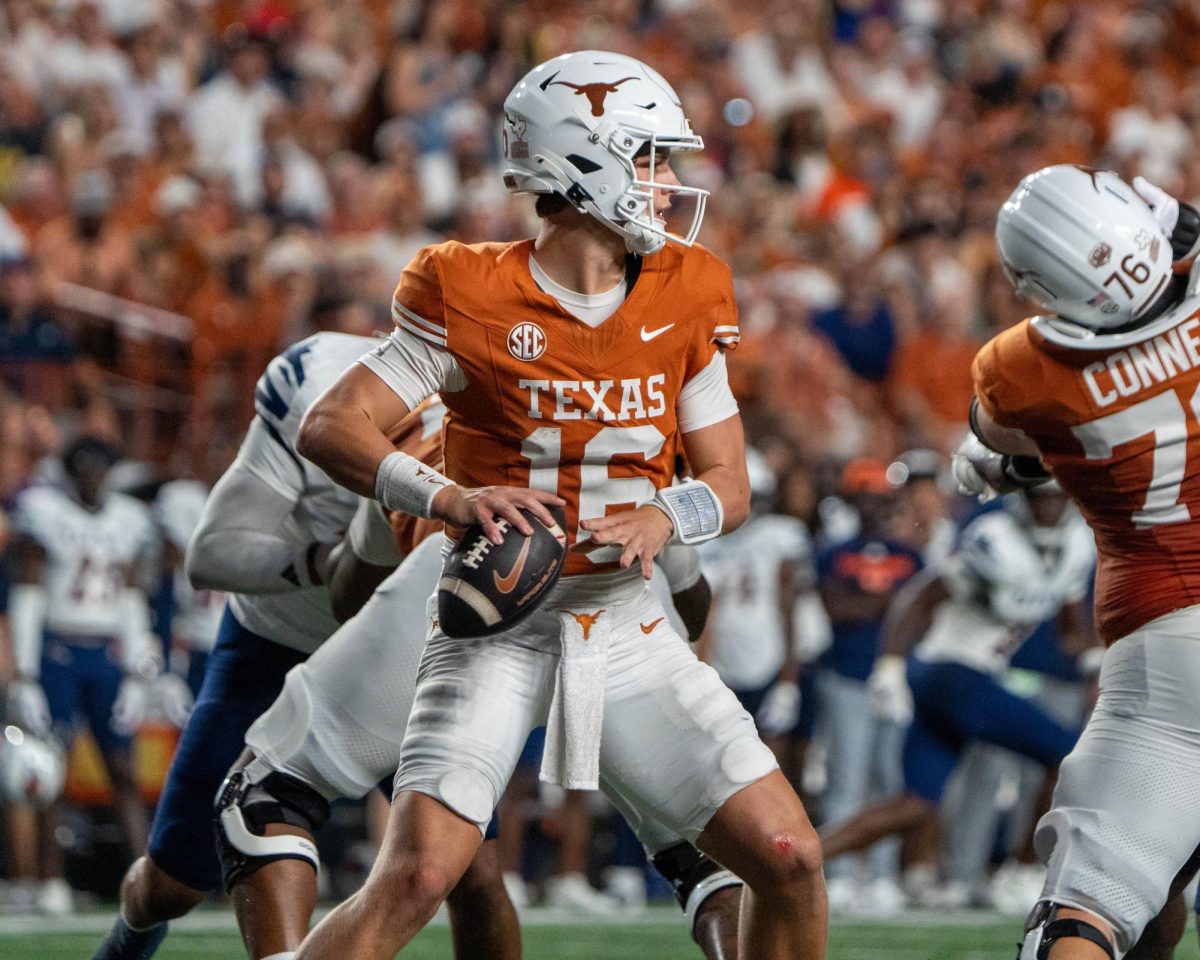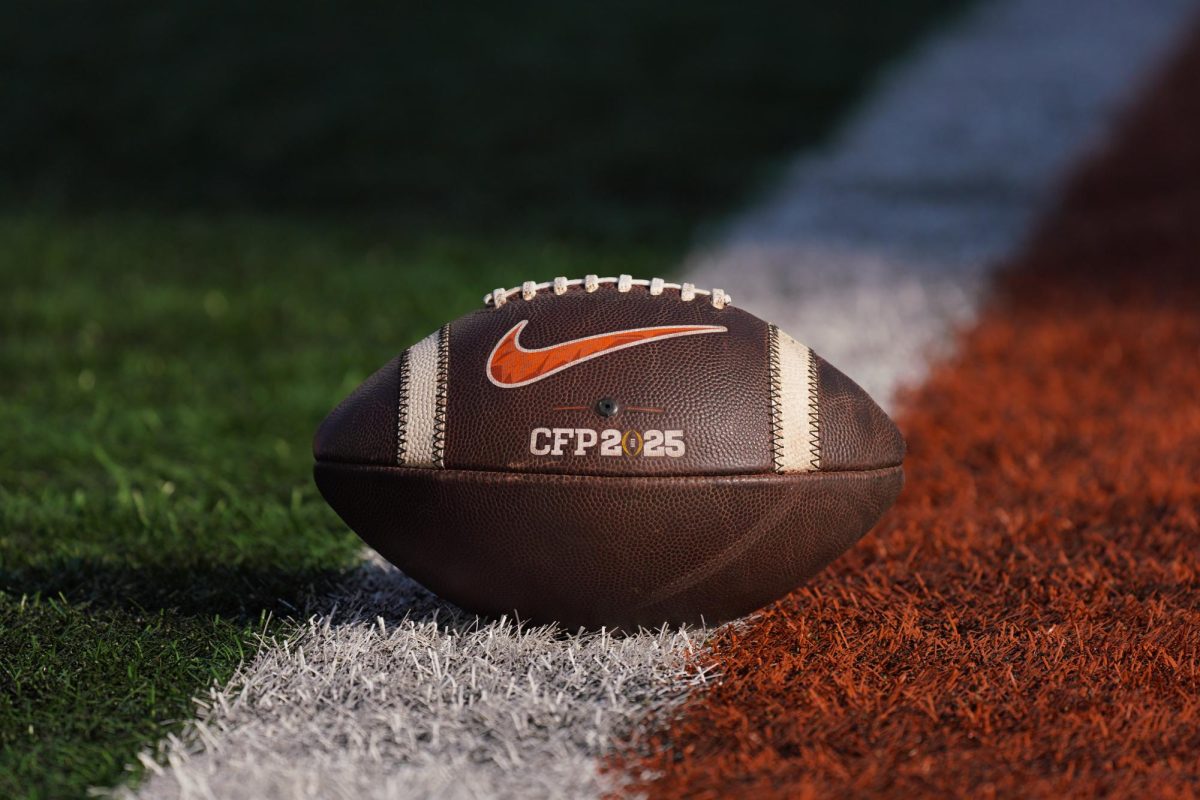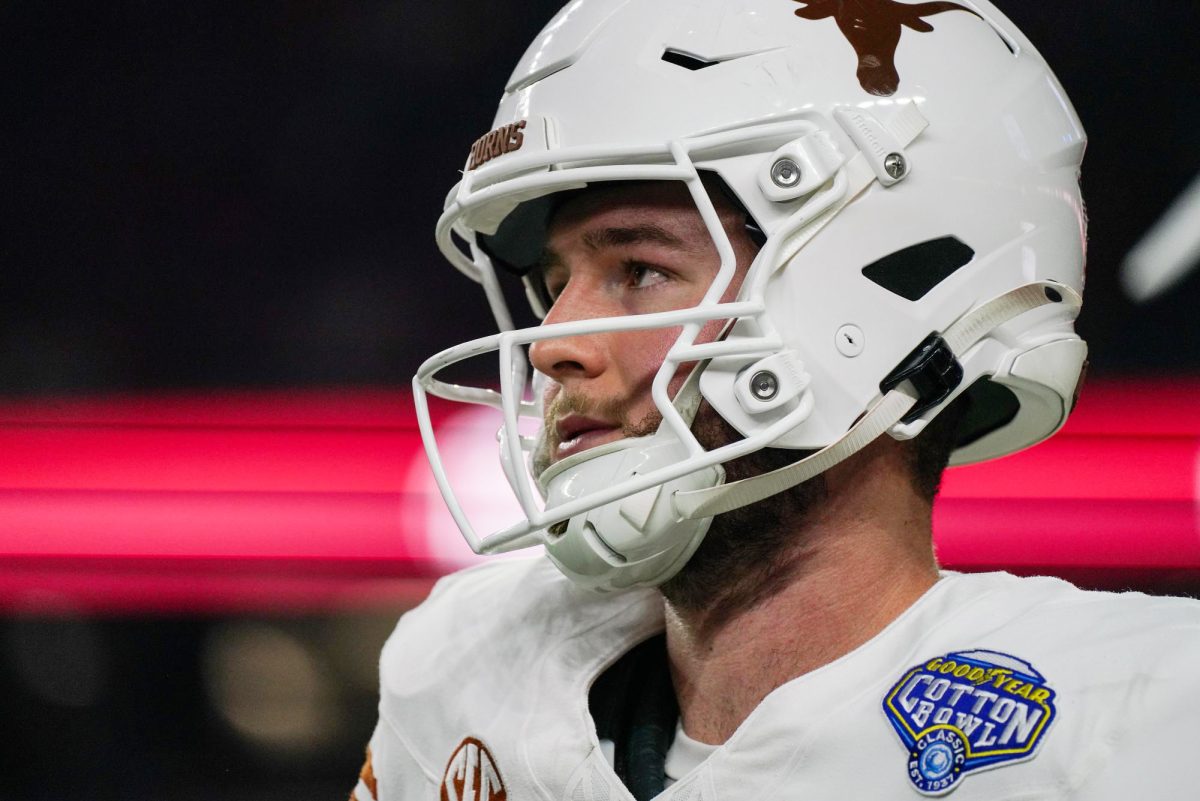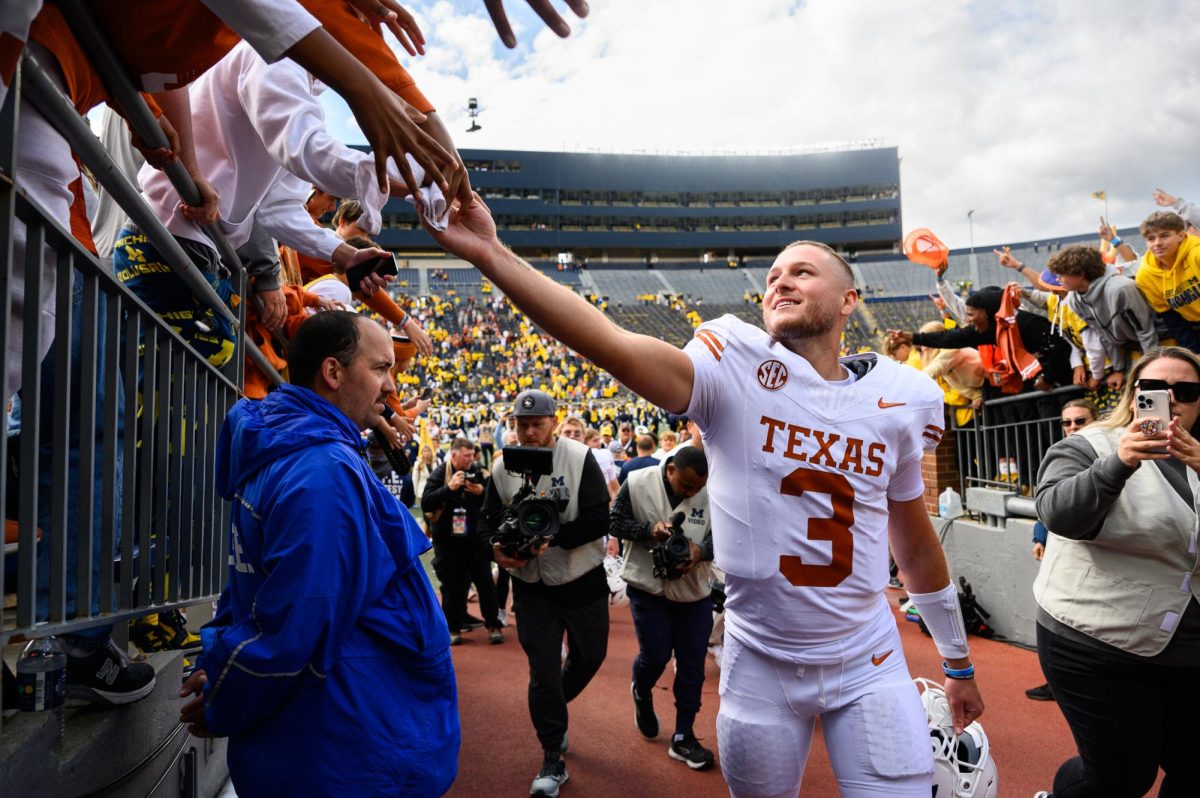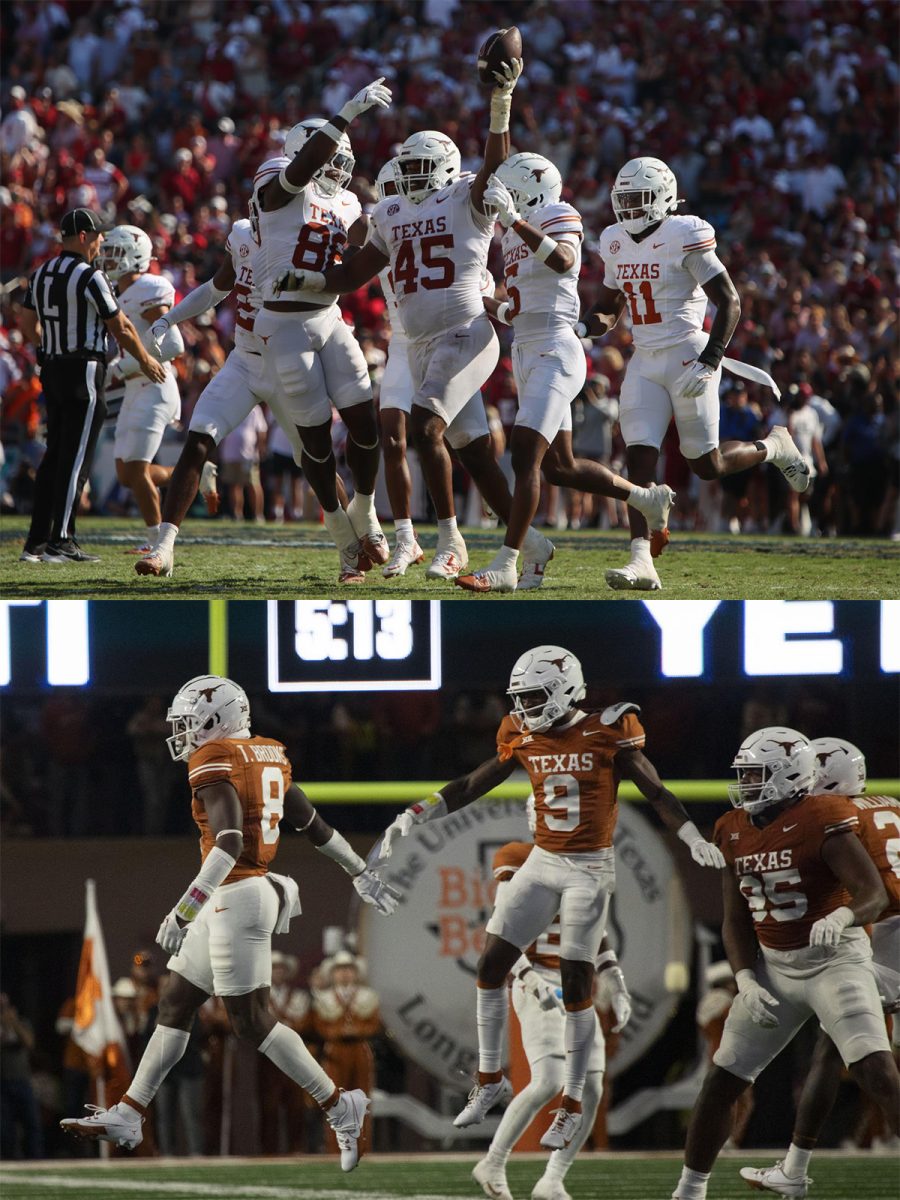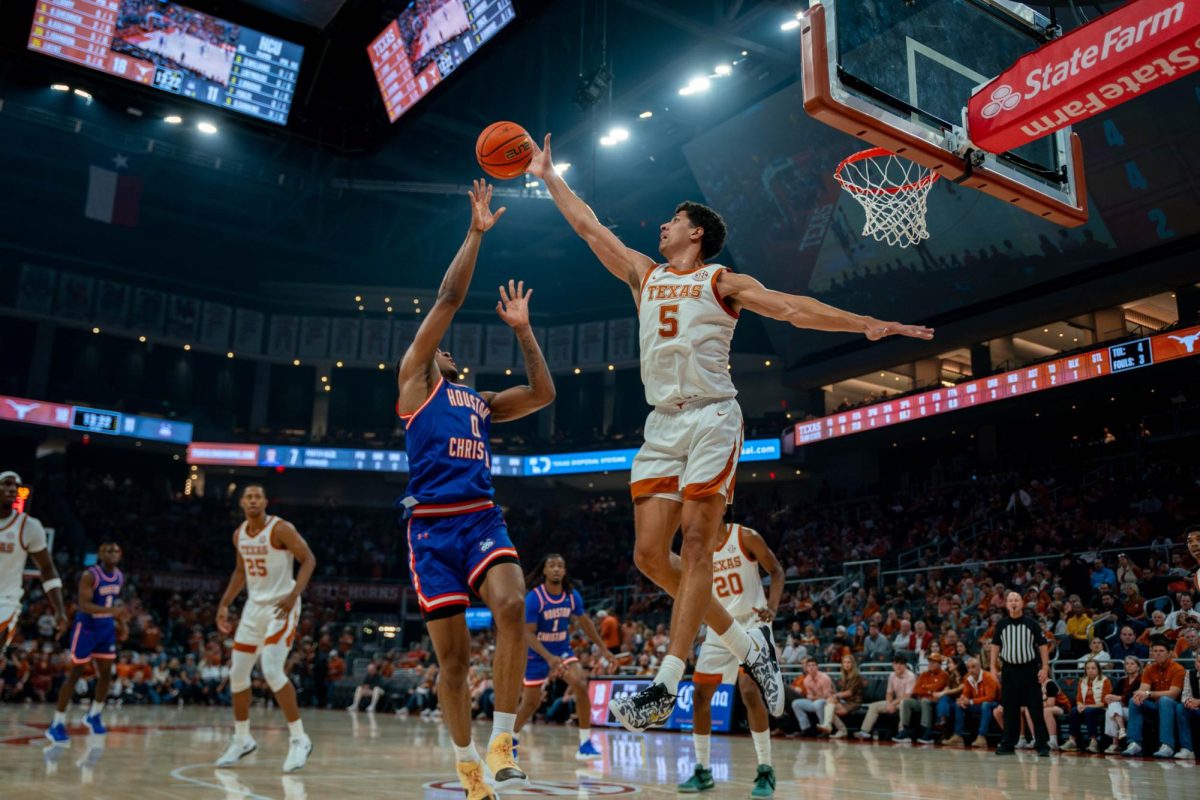One of the most iconic symbols of South Carolina is none other than Cocky. Seen cheering on the sidelines of every football game, Cocky is one of the most well-known mascots in the Southeastern Conference.
USC’s Fighting Gamecock mascot uniform was first unofficially donned by undergraduate student John Nelson in 1971. After making several appearances dressed as a cockfighting rooster, Nelson became known to the student body as “The Rooster.” Costumed in fabric feathers, a cardboard beak and styrofoam spurs, The Rooster appeared at both football and basketball games.
Nelson’s rooster costume eventually morphed into the school’s official mascot. Known as “Big Spur,” the mascot, heralded by USC student Chuck Eaton, made his first official appearance at 1978 home games. Eaton served as Big Spur for two years until his 1980 successor took the field.
USC student Robert Lane became the first version of today’s official mascot, Cocky, in that 1980 season. Introduced as Big Spur’s son, Cocky was originally booed off the football field by the student body who claimed that his appearance was not dignified enough. Soon after, the role of Cocky was transferred over to fellow student John Routh, while Lane wore the Big Spur costume. Despite his unpromising beginning, with Routh’s help, Cocky soon stole the hearts of South Carolina fans.
Cocky was the first mascot to win the newly established National Mascot Award in 1986, presented by the Universal Cheerleading Association. He captured the title again in 1994, and in 2008 he won the National Cheerleader Association’s Mascot Competition.
One of Cocky’s trademark moves is the “Magic Box” appearance. Starting along with the “Space Odyssey” game entrance tradition in 2001, this appearance is trademarked by the magic box that the mascot pops out of after the players finish running onto the field. After he makes his arrival, Cocky joins the sidelines and pumps up the fans.
As well as football, Cocky makes appearances at men’s and women’s basketball, volleyball, men’s and women’s soccer, baseball, softball, swimming, golf, track and tennis events.
What makes this mascot particularly recognizable, though, is his community involvement. In a 1990 survey of South Carolina residents, Cocky was named the “most positive and easily recognizable image of the University of South Carolina.” The state of South Carolina actually hired the mascot in 1988 to represent USC and the state as a Goodwill Ambassador. Even today, USC’s website has an appearance request form for those wanting to see Cocky, with the mascot making appearances at statewide community events and birthday parties and visits to the terminally ill.
As a symbol of the university and of the state itself, Cocky carries a lot of weight on his feathered shoulders – and so does the person wearing the costume. The anonymity of the mascot’s wearer is a trademark of the Cocky appeal. It is tradition for the mascot’s identity to be revealed at graduation, with the mascot wearing the iconic spurred feet underneath their graduation robe. As one of the most beloved mascots in the SEC and college football, Cocky is an honored role and provides his wearer with the opportunity to make a difference at their school and in their community.

